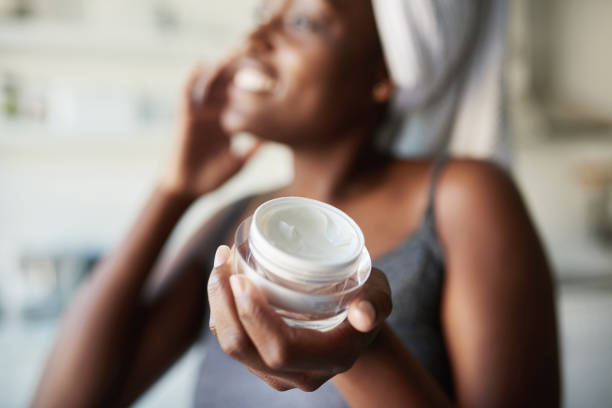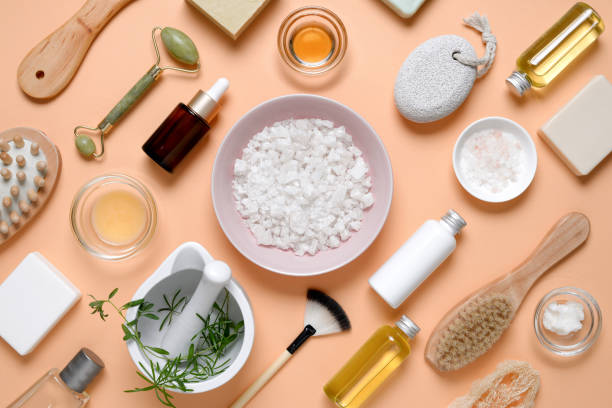Clays of various kinds around the world are vastly abundant in quantity and amazingly powerful in a broad range of applications for both commercial purposes (paper, ink, building industries, etc.) and the cosmetic/health improvement arenas. Clay in general is recognized the world over as Nature’s great detoxifier. Yet, being that there are so many kinds of clay, how can we know the differences between the most popular ones?
What are the differences between Bentonite, Pascalite, Montmorillonite, Illite, French Green & Pyrophyllite Clays?
According to The Clay Mineral Group, Wikipedia and common geological knowledge:
Illite is a member of the Clay-Mica Group of clays referred to as a Muscovite and is a main component of shale. It is abundant in potassium. It is commonly found as a component in other clays such as Bentonite & Montmorillonite, adding a potassium twist to those clays. French Green Clay is an Illite Clay.
Bentonite has had some difficulty in being classified properly due to the varying amounts of other clays that can make up the bulk of a Bentonite (often times containing a high percentage of Montmorillonite, for instance), and the varying nature of its decomposition from a lava ash causing a highly variable mineral makeup. For the most part there are Sodium Bentonites and Calcium Bentonites. Pascalite is a Calcium Bentonite.
Sodium Bentonite is a swelling clay, meaning it absorbs moisture and swells. For this reason, it is generally not a good idea to put a Sodium Bentonite down the drain after a bath in it, since it may clog the drain. Bentonites in general, are also hard on the bowels when taken internally, therefore herbal laxatives and bulking agents are recommended when using a Bentonite for internal detoxification.
Both Montmorillonite and Pyrophyllite are members of the Smectite Group. Montmorillonite is derived from the decomposition of lava ash similar to Bentonite, but is composed of microscopic, 1 micron particles with a predominance of Sodium, Calcium, Aluminum, and Magnesium. Its small particle size, being more bioavailable, may explain its excellent reputation in the physical healing arena.
Pyrophyllite was formed entirely differently from the other clays, in that it began as an underground boiling lava soup that decomposed into a clay through interaction with deep underground aquifer water, steam and pressure. It is believed that the manner in which a Pyrophyllite is made is the reason it possesses stronger detoxifying powers relative to other clays (one former auto mechanic found a 1/8th inch oil slick on the bottom of his first bath). Its rich electrolyte content (8 electrolytes comprising close to 10% of the clay) provides an abundance of free ions acting as antioxidants and rapid transport of toxins out of the cell and efficient transport of nutrients into the cell.
Pyrophyllite is the basis of Sacred Clay and makes one of the most powerful detoxifying clays known. Because Pyrophyllite easily breaks down in water, washes off easily even after it dries, and it can go down your drains after a relaxing clay bath without worry. It will also help your city sewer and improve biological activity in a septic system. Due to its ease of workability, Pyrophyllite Clay is the preferred clay for detoxifying baths, facials, body wraps, foot baths and all night foot poultices.




